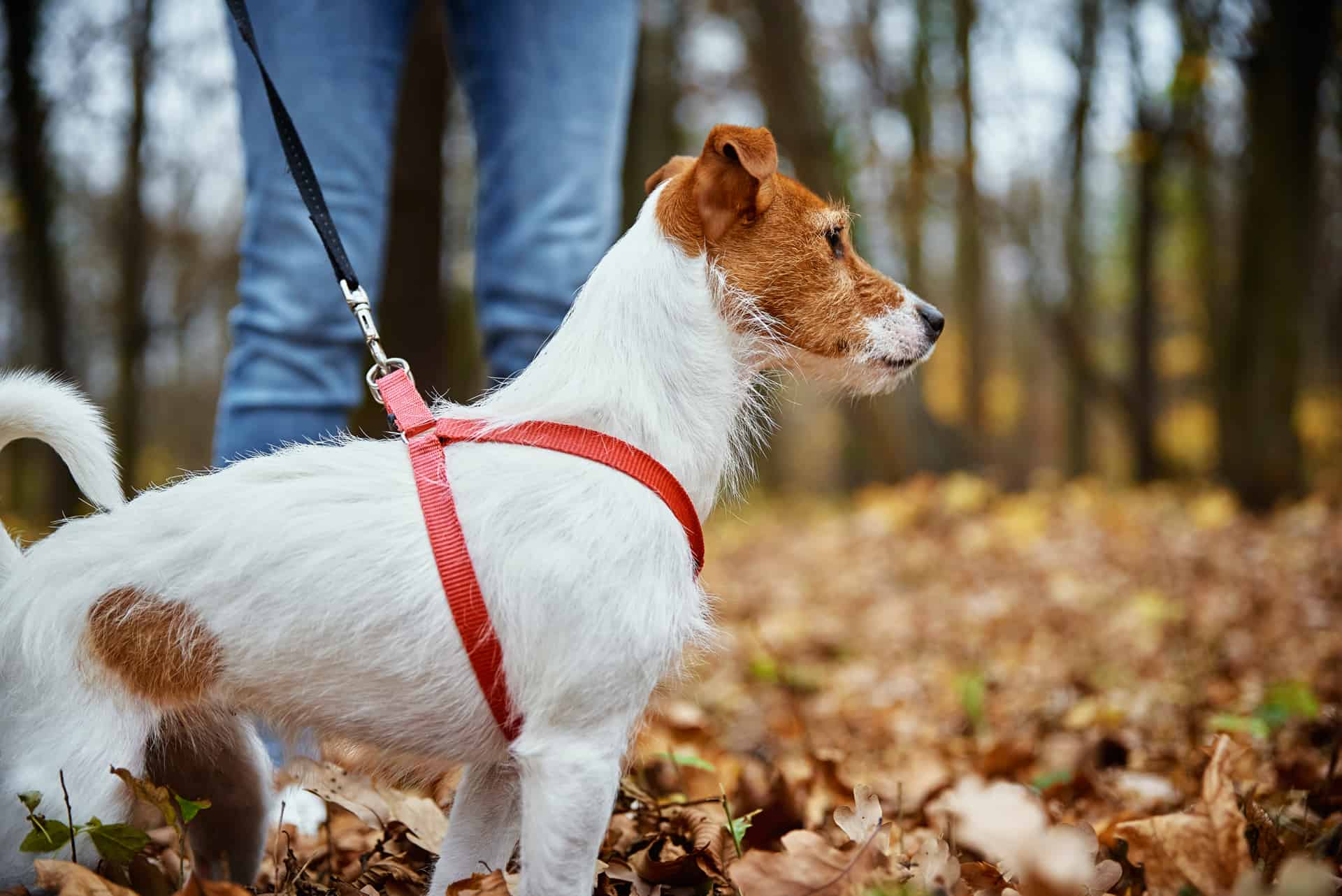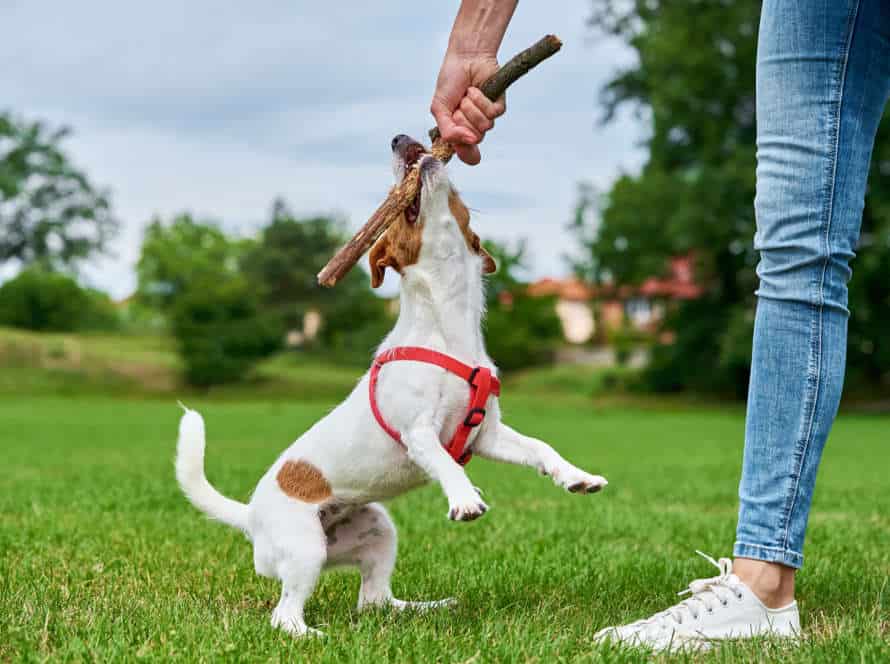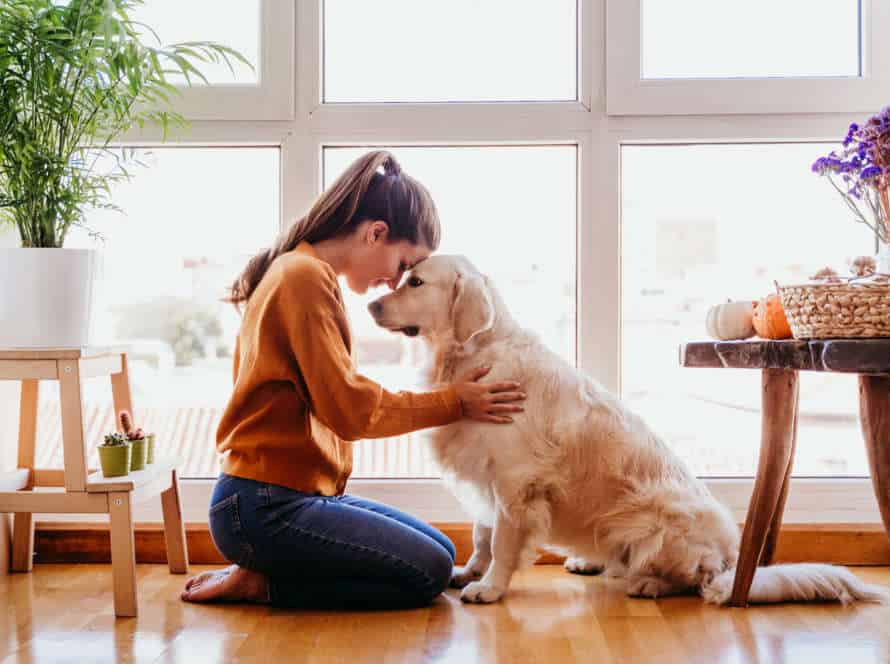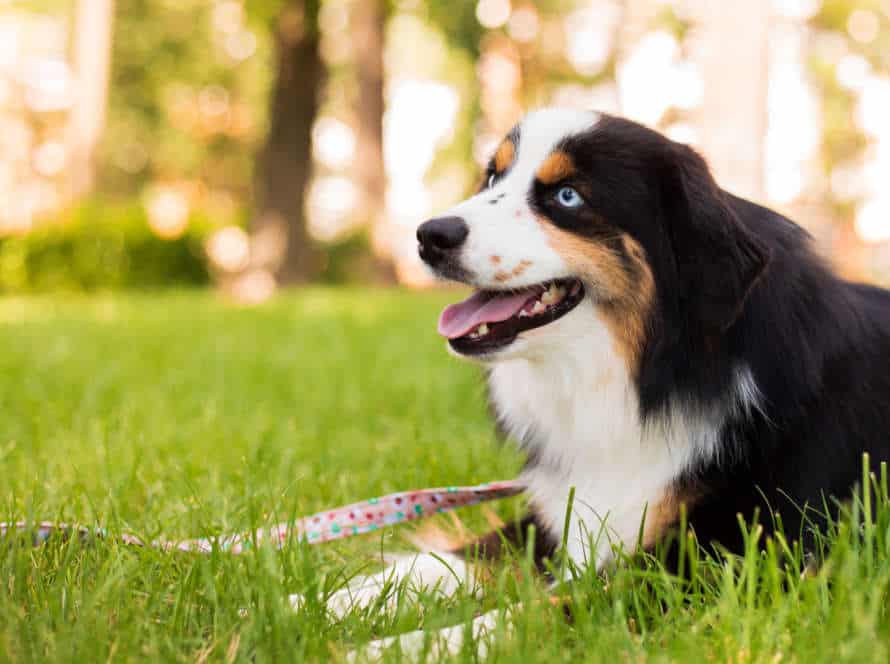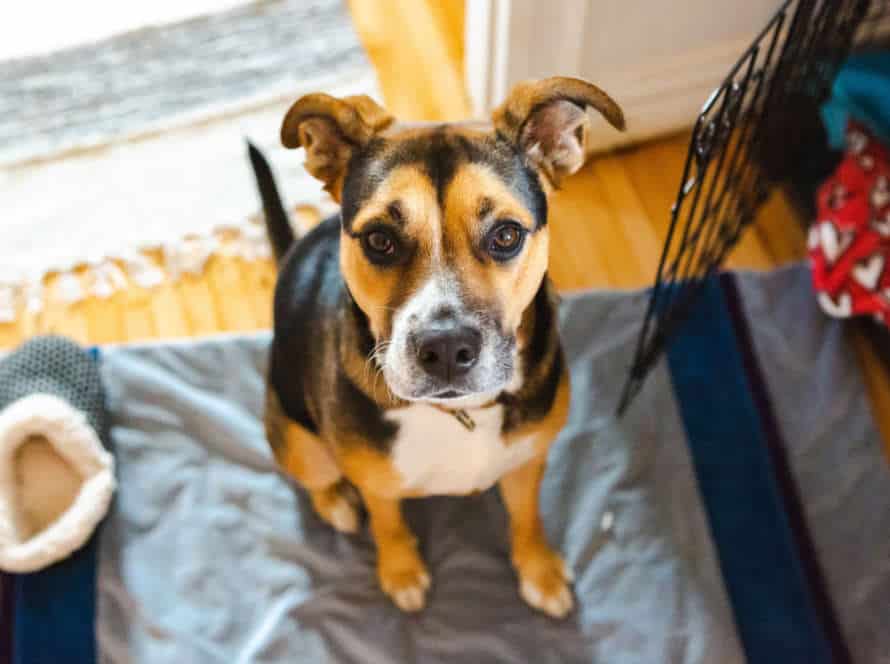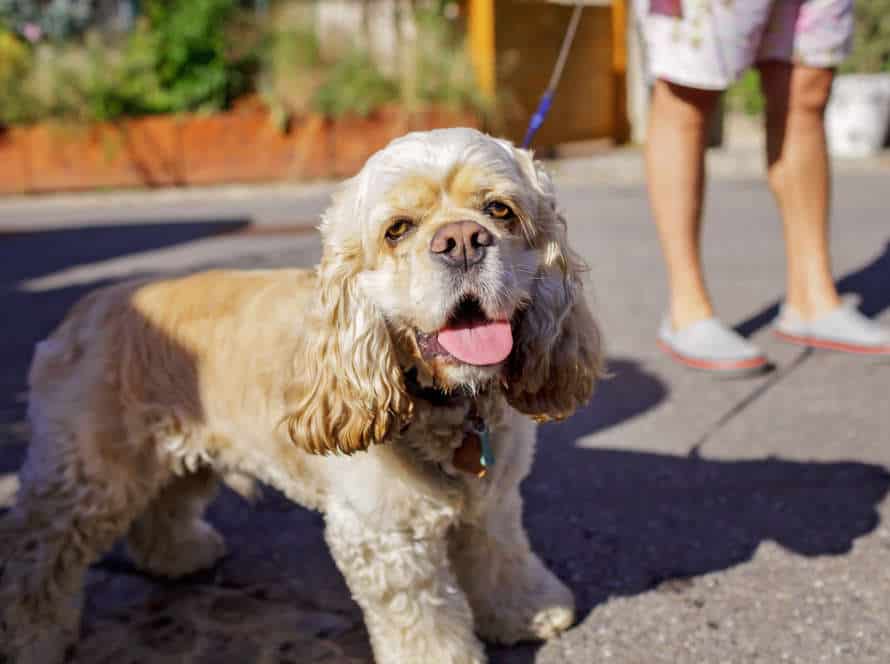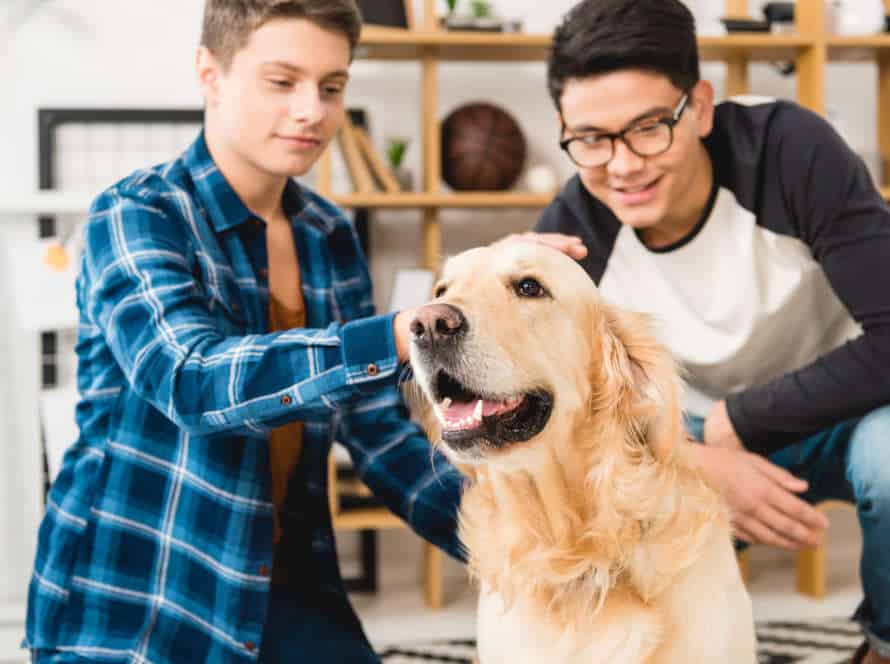Training Your Dog to Walk on a Loose Leash in Different Environments
Train your pup to walk with a loose leash. It’s a challenge in different places. Here’s how:
- Start off indoors or somewhere with low-stimulus. Then, move to busier places.
- Reward your pup with treats or words when they walk with a slack leash.
- Encourage them to stay close by stopping when they pull and resuming when they’re in heel position.
- Use a front-clip harness to keep their attention on you.
- Don’t use choke chains, prong collars, or harsh tools that hurt your dog.
- Be patient, be consistent, reward the good behavior with love and praise.
Understanding the Importance of Loose Leash Walking
Training your pup is a must for good dog ownership. Loose leash walking is easier on their joints and much safer. When teaching in different environments, consider distractions. Knowing the importance of loose leash walking is the 1st step!
Benefits of loose leash walking
Loose leash walking is a must-have skill for every dog owner! It has lots of benefits: better communication, a stronger bond, a relaxed and enjoyable walk, and more safety.
To train your pup, use a well-fitted collar, harness and a standard leash. When your furry friend pulls or lunges, stop immediately, wait for the leash to loosen, then keep going. Praise and reward them for a calm leash walk. Increase distractions and the length of walks as your pooch becomes more skillful.
Be patient, consistent, and use positive reinforcement to have a successful training!
Why dogs pull on a leash
Dogs pull, and that’s for lots of reasons. Like instincts, lack of training, or environmental stuff. Loose leash walking is important for safety and fun. So as to avoid accidents and communicate better.
Why do dogs pull? Well, it could be:
- Excitement
- Fear
- Curiosity
- Dominance
To train your pup, use a fitting harness or collar. Start in a low distraction place, and use rewards and praise to encourage good behavior. Gradually make it harder and with more distractions, but always reward your dog for walking on a loose leash. Patience and consistency are important. With practice, your pup will learn how to walk on a loose leash anywhere.
Dangers of not training your dog to walk on a loose leash
Not teaching your pooch to walk on a loose leash is a no-no! It can bring lots of dangers and difficulties while out and about. This makes it essential to understand the importance of loose leash walking.
Pulling on a leash can cause harm to their neck, throat, and trachea – long-term health issues included. It’s also hard to control your pup and the pulling can cause distractions like zigzagging, sudden turns, and lunging.
Not training your pup on leash etiquette may result in negative experiences. These include aggression towards humans and animals, or even getting lost or injured. Practicing loose leash walking can stop these risks.
To train your pup to walk on a loose leash in different environments, start off with reinforcing positive obedience behavior at home. Then, gradually increase the level of distractions and challenges. For example, walking in busy areas or around other dogs. Use consistent training methods, positive reinforcement techniques, and reward-based training to make sure your pup is safe and successful.
Pro-tip: If your pup is already in the habit of pulling, use a no-pull harness or head collar, and seek professional help from a dog trainer.
Preparing for Loose Leash Training
Before leash training your dog, be sure you are ready! You’ll need the right equipment, places, and attitude. Knowing what to expect helps you succeed. This will make the experience positive and rewarding for you and your pup. Here’s how to prepare:
- Get the right equipment: This includes a sturdy leash and collar that fits properly, treats, and waste bags.
- Choose the right place: Pick a location that is quiet and free from distractions, such as other people, dogs or animals.
- Adjust your attitude: Keep a calm and positive mindset throughout the training session, and make sure to reward your pup for good behavior.
Choose the right equipment
Equipment is major for successful loose leash training with your pup. Here’s what to think about when selecting the perfect stuff:
- Collar: Get a comfy, fitting collar that won’t hurt your pup’s neck. A flat buckle collar or a martingale collar are great for loose leash training.
- Leash: The best leash for loose leash training is a 6-foot one made of leather or nylon. Avoid extendable leashes, as they can cause pulling and make it hard to control your pup.
- Treats: Use high-value treats, like small pieces of cooked chicken or cheese, to reward your pup for walking on a loose leash.
- Training vest or pack: You should get a training vest or pack for your pup to wear. It can hold treats and other training tools.
Once you have the right equipment, you can begin practicing loose leash training with your pup in many places.
Create a consistent routine
Developing a regular routine is key to training your pup to walk on a loose leash, no matter the environment. Try these steps to create a routine:
- Pick a walking path and stay with it. This helps your pup get used to the surroundings and focus.
- Utilize the same commands, like “heel” or “let’s go”, to signal the pup to stay with you.
- Train in multiple places. Start off indoors or in your backyard before going to more distracting areas like parks.
- Give consistent rewards, such as treats or verbal praise, for good behavior.
- Exercise regularly. It’s important to keep up the practice every day to get your pup to master the skill.
Identify and address any potential behavior issues
When prepping for leash training, it’s essential to recognize and handle any possible behavior issues. This makes sure you and your pup have a smooth and stress-free experience.
These are a few of the problems to consider and how to address them:
- Pulling: Teach your dog to stay alongside you in a peaceful area first. Then, move to noisier places.
- Over-excitement: In noisy places, use a tasty treat or toy to make your pup focus on you.
- Fearfulness: Start training in a known, calm spot. Then, progress to new settings gradually to make your fur baby feel better.
- Aggression: Get assistance from a pro dog trainer to make a secure and effective plan.
Keep in mind: Patience and consistency are vital in any training.
Steps for Loose Leash Training
Training your pup to walk on a loose leash is essential. It helps them stay calm and focused when on walks with their owner. Here’s how to do it:
- Get your pup used to the leash.
- Set a consistent pace when walking.
- Reward good behavior every time.
- Practice in different places.
- Stay consistent.
Teaching the “heel” command
Teaching your pup the “heel” command is vital for successful leash training and providing a managed walking experience for both you and your canine pal. Take these steps to educate your pooch the “heel” command:
- Start indoors or in a silent, low-distraction area outside.
- Start walking with your dog attached to your side.
- Use a treat or toy as a bait to get your canine to walk beside you, praising and treats when he does.
- Slowly expand the length and time of your walks while rewarding your pup for walking by your side.
- Introduce distractions such as other dogs or people to your walking route, but keep on rewarding your dog for walking by your side in these different circumstances.
Remember to be consistent, patient, and positive all through the training to reinforce good conduct and motivate your pup to learn.
Using positive reinforcement techniques
Positive reinforcement is a great way to teach your pup how to walk without pulling on the leash in any situation. Here’s how to do it:
- Begin inside, in a place with no interruptions.
- Use a treat to lure your pup into a walking position with a loose leash.
- Give treats and compliments whenever your dog is walking calmly on a slack leash.
- As your pup improves, practice in different environments, adding distractions.
- Always use positive reinforcement to guide your pup if he pulls on the leash.
It’s essential to be patient and consistent with this training. Whenever your pup walks on a loose leash, reward him with treats and praise to reinforce the behavior.
Recognizing and correcting undesirable behavior
Training your pup to walk with a slack leash is serious when it comes to their safety and is an important part of owning a pet. Knowing how to spot and fix bad habits on walks is key for successful loose leash training. Here are some steps to help make sure your pup follows a loose leash in all settings:
- Start at home: Begin indoors away from distractions.
- Standard leash: Use a normal leash, doing short 5-10 minute walks every day and slowly increase the length and time.
- Praise & rewards: Give treats and words of encouragement when your pup stays by your side.
- Start-stop method: When your pup pulls on the leash, use the start-stop technique and stop walking.
- Change paths: In case they keep pulling after stopping, switch direction and start walking the other way.
- Repeat: Keep repeating the sequence of start, stop, and direction change.
Remember, consistency and patience are essential for loose leash behavior. Pro-tip: Positive reinforcement works great for dog training. So, give your pup treats and lots of love when they do something good.
Practicing Loose Leash Walking in Different Environments
Train your pup to walk on a loose leash? It’s a practical skill; however, training it in different places can be a challenge. Make sure to invest time in teaching the skill in diverse settings.
Let’s go over how to practice loose leash walking with your pup in various environments.
Sidewalks and busy streets
Training your pup to walk on a loose leash can be tough. But with the proper technique and persistence, you can show them how to walk calmly in busy and noisy places. Here are some tips:
- Begin practicing in a peaceful spot, such as your backyard or the park.
- Step by step, add distractions and more complex scenarios, like a low-traffic sidewalk.
- Reward your dog with treats and praise when they stay calm and the leash remains loose.
- Be patient and don’t punish them for pulling or misbehaving.
With patience and practice, your dog will master the skill of loose leash walking in any environment, making your walks together more fun and easy!
Parks and open spaces
Training your pup to walk on a loose leash in public spaces, like parks or open areas, is important. Follow these steps:
- Begin in a quiet place with few distractions, then build up to busier ones.
- Treats are great positive reinforcement while leash training.
- Be consistent with commands and techniques.
- Don’t yank or pull the leash, as it can hurt your pup.
- Make your walks longer and farther as they become more comfortable.
Be consistent and patient. Rewarding good behavior and avoiding punishment will help your pup feel safe and happy on walks!
Crowded areas and events
Practicing loose leash walking with your pup in busy areas or events is essential for both of your safety and comfort. Here are some tips to help you train them:
- Start in a calm and familiar spot. Increase distractions as your pup improves.
- Use treats and praise to reward your dog for good leash walking.
- Make sure your leash isn’t too short or too long. Grip it relaxedly.
- Be ready for any distraction or behavior. Redirect their attention with a brief command or a treat.
- Remain patient and calm, even if they pull the leash. Practice makes perfect!
By following these tips, your pup can have good behavior while walking, even in crowded and challenging places. Pro tip: Consider working with a professional dog trainer for the best results.
Maintaining Loose Leash Walking Behavior
Loose leash walking is an essential skill to train your pup. Remember to keep the leash loose in any environment – be it city streets, parks, near children, or in the countryside. Training your dog to walk on a loose leash is key and there are many ways to establish and reinforce this behavior.
Consistency in training and reinforcement
Training your pup for loose leash walking in different places? Here’s what you need to know!
- Use positive reinforcement – reward-based training, verbal cues, treats – to encourage them.
- Start with familiar, non-distracting settings, then gradually introduce new places.
- Be consistent in your training and cues, no matter the environment.
- Punishment-based training and collars? Avoid those.
- Celebrate successes and plenty of praise.
Pro Tip: Training takes time and patience. Be consistent, and keep expectations realistic. With a bit of patience and reinforcement, your pup will master loose leash walking!
Addressing any regression in behavior
Training a dog to stay on a loose leash can be tricky. Especially when in new environments. If your dog regresses in their behavior, it’s important to address it. Here are ways to do that:
- Identify why they’re regressing. Maybe it’s the smells or sights?
- Help them refocus on you and the task at hand.
- Reward them with treats or praise when they do the right thing.
- Be consistent and don’t punish them – just repeat the training and practice.
Continuing to socialize and expose your dog to different environments.
Continuing to socialize and expose your dog to different environments is important for maintaining loose leash walking. To get successful results, begin training in a low-distraction environment like your backyard or a quiet park.
When your dog is comfortable, add distractions gradually. These could be cyclists or joggers. Then take him to busier places with more people, dogs, and other distractions.
Your pup may pull on the leash when these new stimuli appear. But, with consistent training, he’ll soon learn to walk on a loose leash in any environment.
Pro Tip: Positive reinforcement—treats or praise—can help your pup learn desired behaviors.
Frequently Asked Questions
1. Why is it important to train my dog to walk on a loose leash in different environments?
Training your dog to walk on a loose leash in different environments is important for several reasons. It helps to prevent injury to your dog, keeps them safe from traffic and other hazards, allows you to control your dog in potentially dangerous situations, and makes walks more enjoyable for both you and your dog.
2. What training techniques can I use to teach my dog to walk on a loose leash?
There are several training techniques that you can use to teach your dog to walk on a loose leash, including clicker training, positive reinforcement, and leash corrections. You can also try using a front-clip harness or a head collar to help control your dog’s pulling behavior.
3. How long will it take to train my dog to walk on a loose leash?
The length of time it takes to train your dog to walk on a loose leash can vary depending on your dog’s age, breed, and training history. Some dogs may learn quickly, while others may take several weeks or even months to master the skill.
4. What should I do if my dog continues to pull on the leash despite training?
If your dog continues to pull on the leash despite training, you may need to revisit your training techniques or consider using a different type of training tool. You can also seek the help of a professional dog trainer to address the issue.
5. Can I train my dog to walk on a loose leash in all environments?
Yes, you can train your dog to walk on a loose leash in all environments, but it may take more time and patience to do so in certain situations. It’s important to gradually introduce your dog to new environments and distractions while continuing to reinforce their training.
6. What should I do if my dog becomes distracted during a walk?
If your dog becomes distracted during a walk, you can try redirecting their attention with a treat, toy, or verbal command. You can also move away from the distraction or take a short break to refocus your dog’s attention before continuing the walk.

